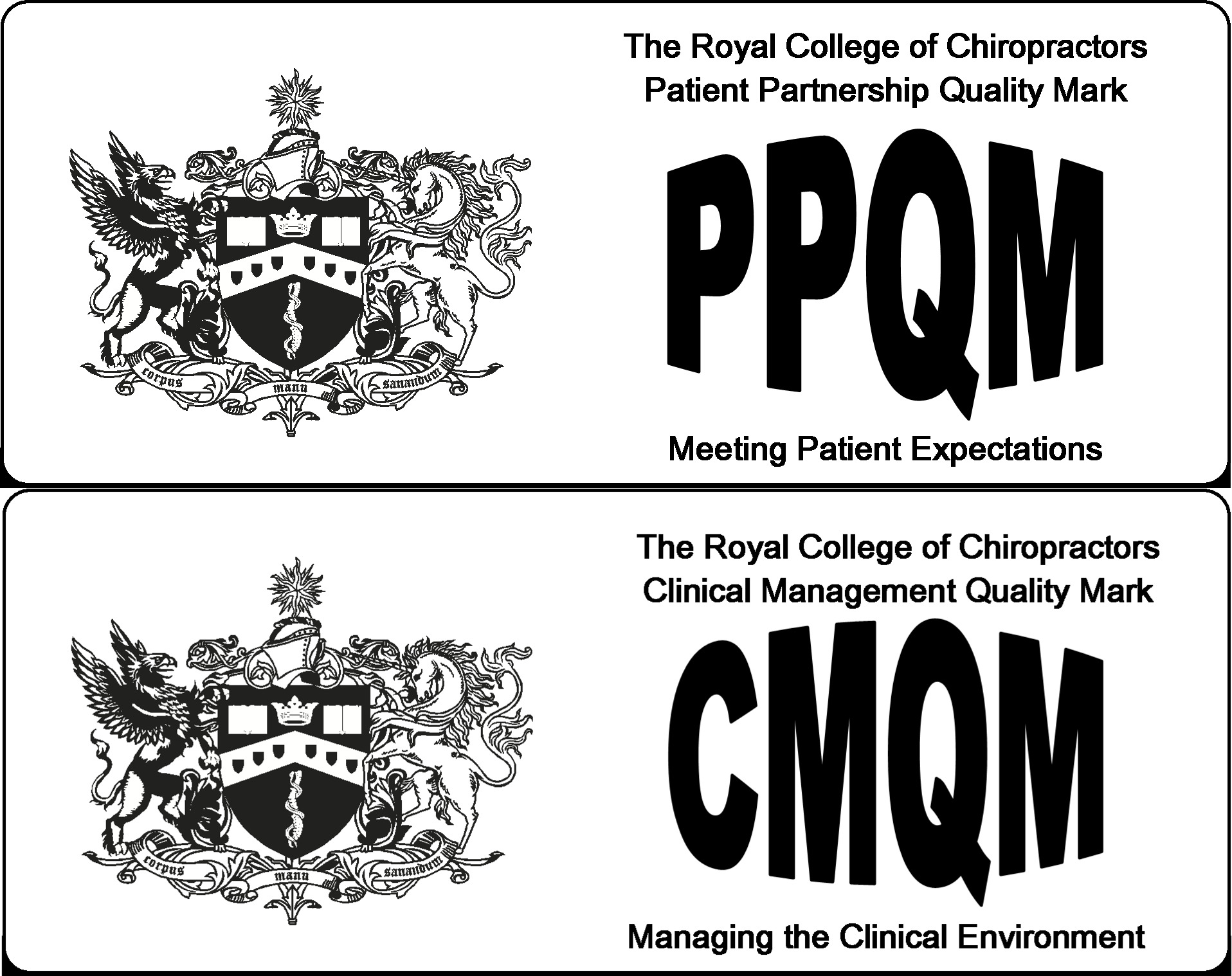Postural Correction
As a child, your parents may have advised you to stand up straight—and they were absolutely correct.
The way you sat in your chair at school or walked around the house when you were younger plays a huge role in how you carry yourself now. Standing, sitting, and lying down posture can all have a significant impact on your health. In fact, your neck posture and back posture are closely related and affect other parts of your body.
However, it can be difficult to improve posture, especially when you are not aware of it. This is where a chiropractor can help.
A chiropractor can assist you in postural correction by determining the root cause of your issues. By addressing the source of your poor posture, you will be able to sit and stand up straight without having to constantly remind yourself.
Let’s look at some of the advantages of good posture and how a chiropractor can help you get there.
Why Is It Important To Improve Posture?
Good posture can immediately improve your appearance. You’ll appear taller, healthier, and more self-assured.
However, there are numerous less visible health benefits that you should be aware of. Here are a few examples:
– Proper bone and joint alignment
– Ligament stress is reduced.
– There is a lower risk of back injury.
– More energy conservation
– Muscle and joint wear are reduced.
– Improved digestion and mood
How To Detect Improper Posture
Poor posture is characterised by hunched or arched shoulders, a rounded upper back, and an arched lower back. You may also experience back pain. You can even have improper neck posture. In these cases, you may have a forward head posture, where your head sits too forward and it’s aligned with the rest of your body.
There are numerous reasons why you may have poor posture. Stress, weight gain, pregnancy, weak postural muscles, tight muscles, previous injuries, low confidence, or a history of wearing high-heeled shoes or heavy backpacks are examples of these.
In any case, poor posture can cause pain, headaches, an increased risk of injury, and other problems. It may even cause you to age more quickly.
However, in most cases, posture can be corrected. Chiropractic care can help people regain their youthful and healthy posture.
How Can Our Chiropractors Help With Postural Correction?
Good posture, also known as a neutral spine, can help you avoid back pain and injury. It benefits your health, mood, self-esteem, and even how others perceive you. Not only that, but walking straight can help keep your organs healthy and fight the visible signs of ageing.
A chiropractor can help you whether you have back and shoulder pain or simply want to improve your posture for a better life.
Here are some ways a chiropractor can assist you in learning how to correct bad posture.
1. Asking The Right Questions
Before our chiropractors examine your neck posture or back posture, they will ask you a few questions to assess your posture and lifestyle.
This is a critical step because it allows the chiropractor to determine whether you have poor posture, what effects it may be having, and how they can start to correct it.
They’ll probably ask you about your daily routine, exercise habits, what you do at work, and where you’ve been experiencing pain or discomfort.
2. Taking A Good Look At Your Posture
The chiropractor will then examine your posture more closely. While the initial assessment can assist them in determining the root cause of your posture issues, this examination will assist them in determining what exactly is wrong.
They can begin correcting your posture once they know what’s wrong with it.
They’ll look at how you stand from behind and from the sides, noting irregular shoulders, arched backs, twisted pelvises, and other symmetry issues.
3. Adjustments:
The first thing that comes to mind when you think of a back adjustment is probably the loud cracking noise that is often associated with a chiropractor.
But adjustments are nothing to be afraid of, and they are usually very gentle and cause little discomfort. A chiropractor will first adjust your shoulders, using slow joint movements to put you in the best position for good posture.
These joint movements will help increase joint movement, reduce tension in surrounding muscles, and ease you into good posture if you are in pain.
4. Tissue Work:
While most people associate chiropractors with working with bones, such as the spine, working with muscles is just as important for maintaining good posture.
When some muscles become weak, underused, or injured, other muscles tighten or tense as a result. As a result, your spine or shoulders are pulled into an unhealthy position.
A chiropractor will use muscle releases and strengthening exercises to correct this soft tissue imbalance. Standing or sitting with good posture will feel more comfortable after careful exercise and rehabilitation.
5. Stretching, Exercise, and Rehabilitation:
Increasing the strength of your weak muscles will only work if the tension in the muscles that cause poor posture is reduced.
Your chiropractor will work with you to ensure that your overactive muscles get a breakthrough through deliberate exercises, stretches, and muscle relaxation. Not only will this relieve some of the tension that causes bad posture, but it will also allow your weaker muscles to grow stronger, thereby permanently correcting your posture.
Conclusion
Your posture encompasses more than just how you carry yourself. Poor posture can have an impact on your physical, mental, and emotional health.
Fixing bad posture on your own is difficult; simply reminding yourself to stand up straighter will not help if there are underlying issues causing your poor posture. It takes a professional to help you get into the right place, whether it’s due to an injury, stress, or anything in between.
If you have back pain or other issues as a result of poor posture, book an appointment with Amersham Chiropractic Centre for the best chiropractic treatment in town.
If you want to learn more about what we do and how we can treat various other issues, visit our blog.






